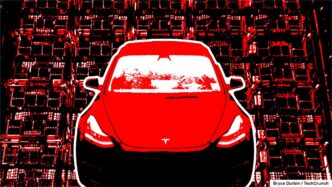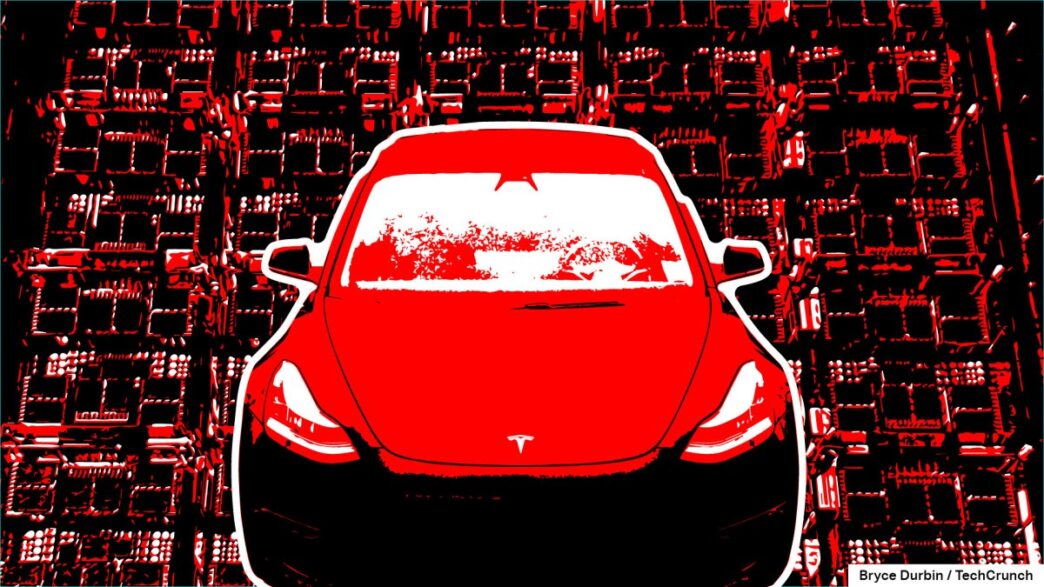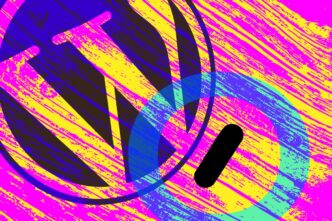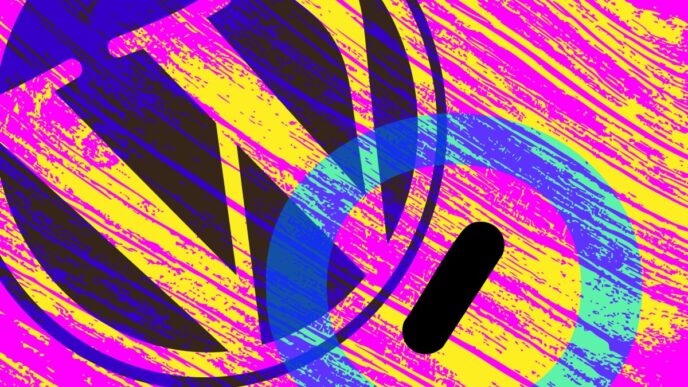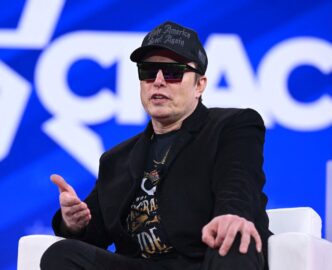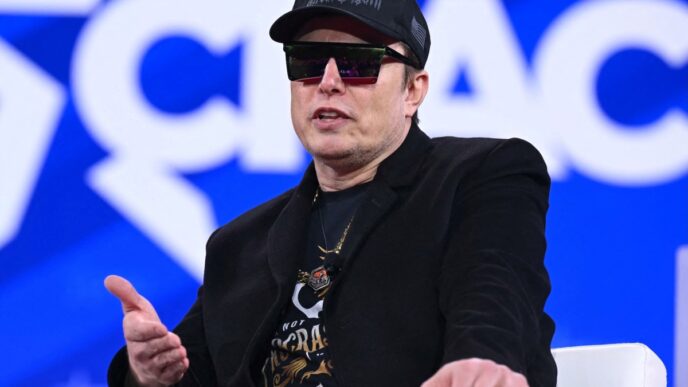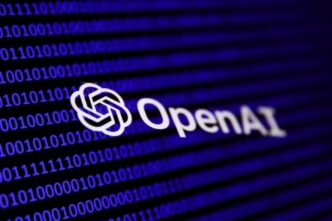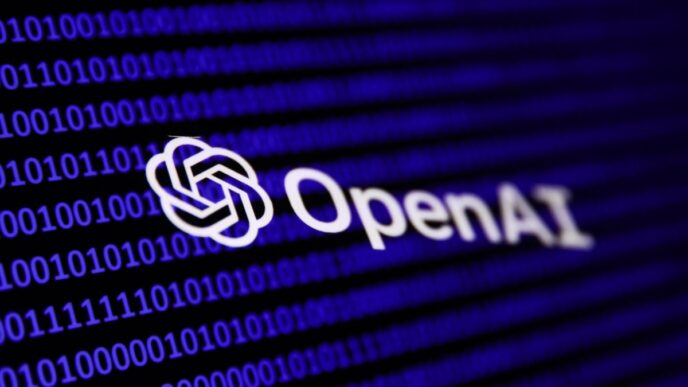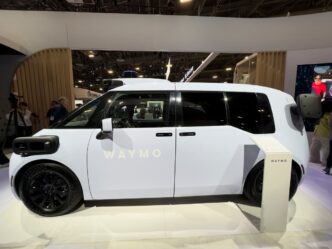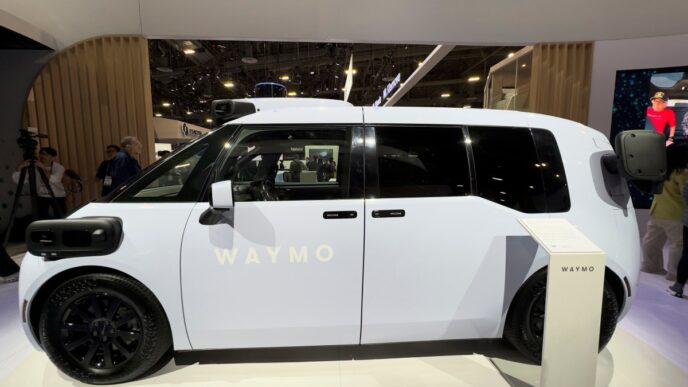Tesla is shutting down its long-hyped AI supercomputer project, Dojo. The company will disband the Dojo team in August 2025 and scrap the entire program after six years of development.
The pivot comes just weeks after Tesla suggested Dojo 2, built on its in-house D2 chips, would scale by 2026. CEO Elon Musk abruptly called Dojo “an evolutionary dead end” and shifted focus.
Tesla launched Dojo to train its Full Self-Driving (FSD) neural networks, aiming to power robotaxis and eventually autonomous humanoid robots like Optimus. Despite heavy promotion from Musk earlier in 2024, the supercomputer barely got mentioned during Tesla’s recent AI pushes — the company now touts Cortex, a new training cluster at Tesla HQ in Austin.
Tesla’s Q4 2024 shareholder deck detailed Cortex’s progress but skipped Dojo entirely. The relationship between Cortex and the shutdown of Dojo remains unclear.
The move follows a $16.5 billion deal Tesla signed with Samsung for AI6 chips, which Musk calls the future of Tesla’s AI training and inference. Musk explained the shutdown on X (formerly Twitter):
“Once it became clear that all paths converged to AI6, I had to shut down Dojo and make some tough personnel choices, as Dojo 2 was now an evolutionary dead end,” Musk posted.
“Dojo 3 arguably lives on in the form of a large number of AI6 [systems-on-a-chip] on a single board.”
Dojo’s lead, Peter Bannon, has left Tesla, and around 20 workers departed to start a new AI chip company, DensityAI. Analysts warn losing key talent could sink a project this specialized.
Tesla’s reliance on Nvidia GPUs for AI training was a key reason for developing Dojo’s own D1 and D2 chips. The D1 chip, production-ready since mid-2023, promised more bandwidth and lower latency than Nvidia hardware. But it was less powerful than Nvidia’s A100, and Tesla struggled to scale Dojo. Musk’s initial bets on Dojo hinted at challenging hardware bottlenecks and expensive chip supply.
Despite Tesla’s AI ambitions, Dojo never reached the 100 exaflop scale Musk predicted for late 2024. Talks abruptly shifted to Cortex after August 2024. By mid-2025, Tesla said Cortex had a 67,000 GPU equivalent capacity and was instrumental in rolling out FSD V13.
Tesla still plans to invest $500 million in a supercomputer at its Buffalo, New York factory — but it won’t be Dojo.
Tesla once pitched itself as an AI powerhouse, aiming to beat Nvidia at its own game. Now, it’s backing partnerships with Nvidia, AMD, and Samsung for future AI chips.
The shutdown spotlights the risks Tesla took betting on self-made AI hardware. Musk’s gamble on Dojo may have been a hedge against scarce, costly GPUs — but now Tesla is betting on off-the-shelf chips and collaborations instead.
Image Credits: Costfoto/NurPhoto / Getty Images
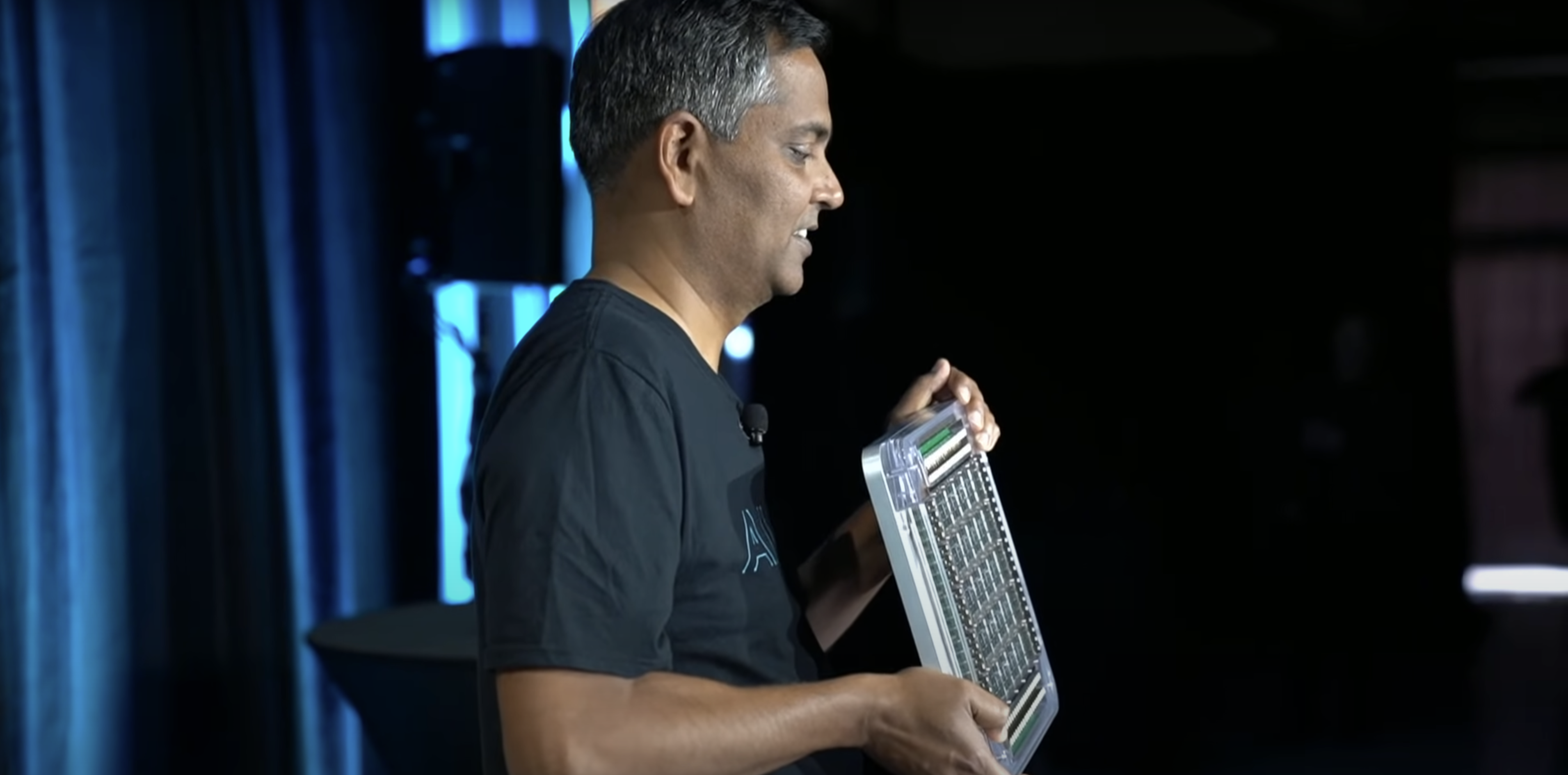
Image Credits: Tesla/screenshot of streamed event
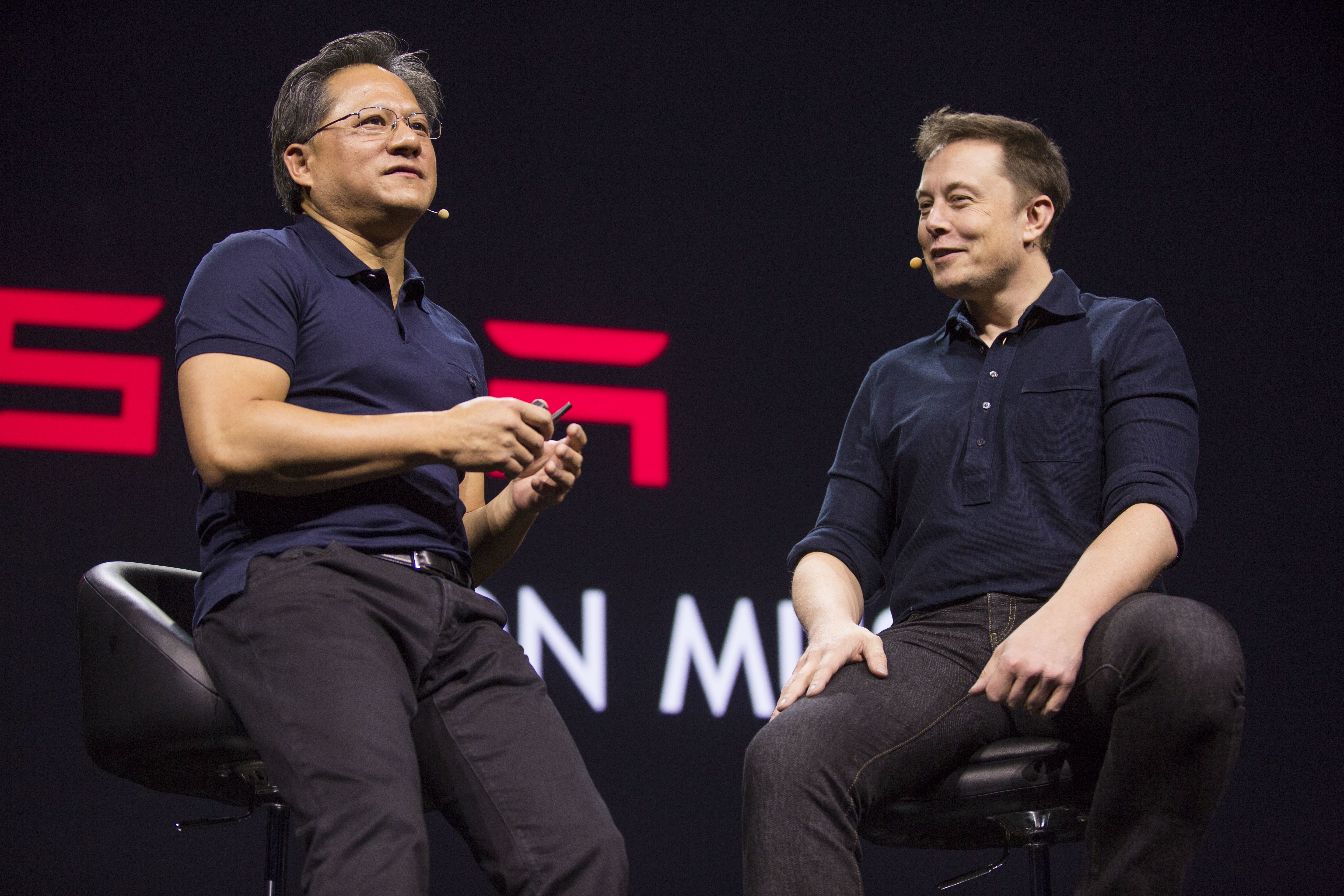
Image Credits: Kim Kulish/Corbis via Getty Images / Getty Images
TechCrunch event
San Francisco | October 27-29, 2025
